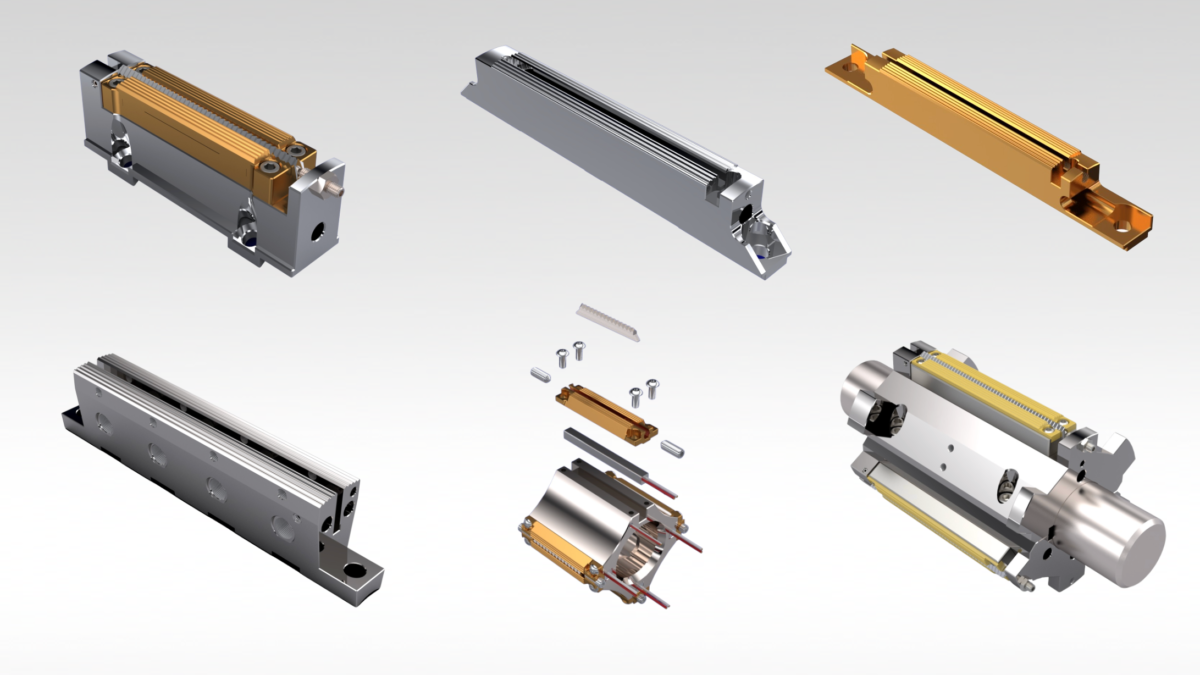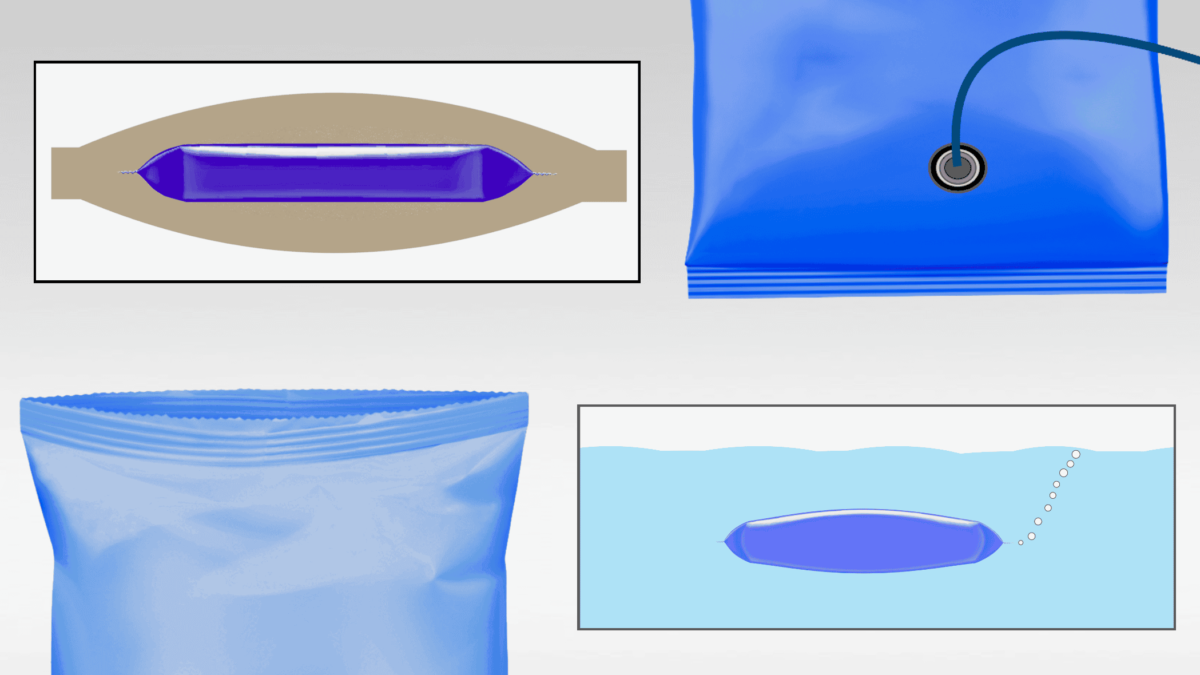The right combination of heat, time, and pressure is required to produce quality seals on form fill seal baggers and flow wrappers. These sealing elements are closely linked; adjusting one can change the others and cause unexpected problems. This post reviews the function of and relationships between heat, time, and pressure, so you can better understand and anticipate the full effects of your adjustments.

Function
Heat
The function of heat is to melt the sealant layer of the packaging film and bond the film together. The makeup of the film dictates the required heat levels, which should remain consistent across the sealing jaw face to produce an even, secure bond.
Time (Dwell)
Time, often referred to as dwell, is the duration that the sealing jaws remain in contact with the packaging film. To produce a quality bond the sealing jaws and film must remain in contact long enough for adequate heat to penetrate through to and melt the sealant layer.
Pressure
Pressure is the force that the sealing jaws apply to the film. This force moves the melted sealant layer into any open channels created by overlapping layers of film and caulks off potential leaks. Even and consistent pressure is critical for producing quality seals.
Relationships
The following four graphs demonstrate the relationships between heat, time, and pressure, which often go unrecognized when adjustments are made and cause seal problems.
1. Optimum Seal Window

Depending on your specific film, package configuration, and running conditions, heat, time, and pressure will each have its own optimal range of levels. But their total sum, as shown here on graph 1, must fall within the optimal sealing window.
Since these sealing elements work together, adjustments to one must consider the effect on the others to remain within this window.
2. Inadequate Heat + Time + Pressure

If total heat, time, and pressure falls short of the optimal seal window, a quality seal can’t be achieved and significant leaks will be present.
3. Excess Heat + Time + Pressure

But more is not always better—totals that exceed the optimal seal window also reduce seal quality. Seal integrity and package appearance can be easily degraded by excess heat, time, and pressure.
4. Adjustments

Adjustments that cause small changes in one sealing element can often be compensated for with small adjustments to another. The reduction in dwell time shown by these graphs, for example, has been offset by additional heat to maintain seal quality.
Improve Your Adjustments

You can take steps that improve the accuracy of your adjustments and help maintain total heat, time, and pressure within your optimal sealing window.
Sealing Jaw Design

Make sure that your sealing jaws—the serration pattern, materials, and other features—are designed to maintain consistent pressure levels and heat transfer for your specific film, package configuration, and running conditions.
Adjustment Procedures & Training

To ensure more consistent seal quality across multiple shifts, machines, lines, and locations, standardize and provide training for optimal adjustment procedures.
For additional solutions that integrate parts and technical services for your flow wrappers & vertical form fill seal baggers contact Greener Corporation. We provide Package Quality and Productivity Solutions Worldwide.



